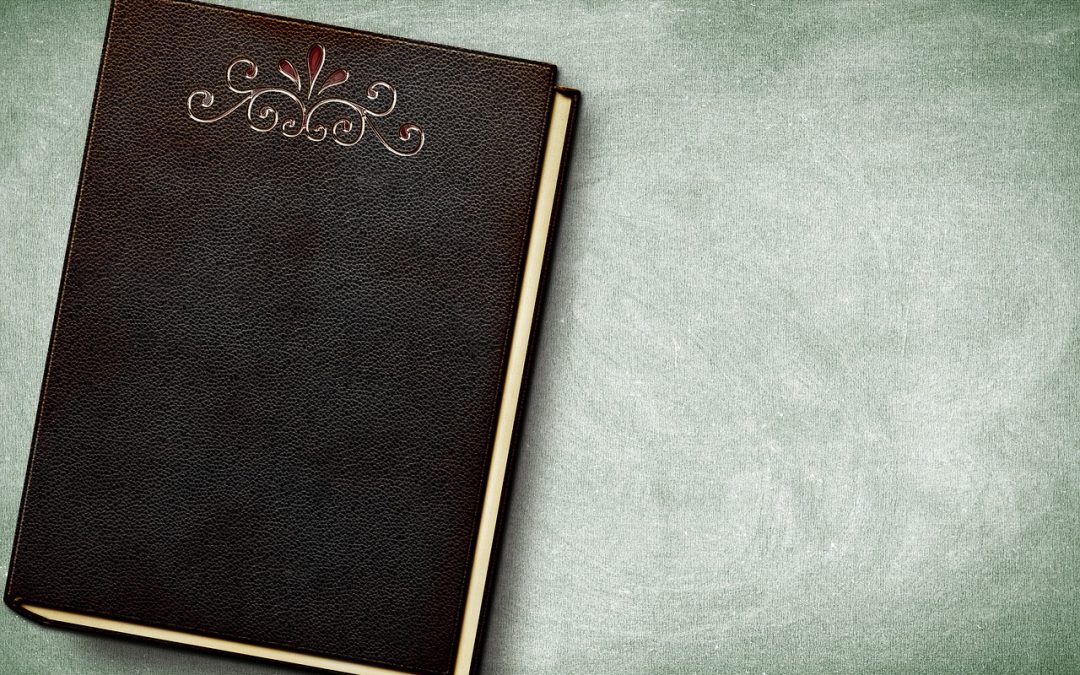As DIY authors, we’re no strangers to experimentation and learning from our mistakes. When it comes to book binding, however, it’s crucial to get it right – not just for aesthetic reasons, but for the sake of your readers’ experience. A well-bound book can make all the difference in how your work is perceived, and, ultimately, how it’s shared.
Measuring Up: Common Mistakes in Book Binding
In the world of book binding, precision is key. One small mistake can throw off the entire layout, causing your hard work to suffer. Here are a few common measuring mistakes to keep an eye out for:
-
Incorrect trim size: Make sure you’re working with the right trim size for your book. A trim size that’s too small can result in awkward margins, while one that’s too large can eat into your page count.
-
Inconsistent margins: Consistency is key when it comes to margins. Ensure that your margins are even and symmetrical, both on the page and between spreads.
-
Incorrect page count: Double-check your page count to ensure that it matches your intended layout. This will prevent awkward blank pages or, worse, missing content.
One tool that can help you avoid these mistakes is Vellum, a formatting tool that takes care of the technical aspects of book design, allowing you to focus on the creative.
Beyond the Bind: The Importance of Paper Choice
When it comes to choosing paper for your book, it’s not just about aesthetics – it’s also about functionality. Here are a few factors to consider:
-
Weight: A paper that’s too thin can be prone to bleeding or show-through, while one that’s too thick can be difficult to bind. Look for a weight that strikes a balance – around 80-120 gsm.
-
Texture: The texture of your paper can greatly impact the reader’s experience. Consider a paper with a subtle texture that won’t distract from your content.
-
Acid-free: Ensure that your paper is acid-free, to prevent yellowing or degradation over time.
For more on choosing the perfect paper for your chapbook, take a look at our article on Essential Chapbook Fonts for DIY Authors, which covers the importance of font choice and how it interacts with paper.
Beyond the Basics: Advanced Book Binding Techniques
Once you’ve mastered the basics of book binding, it’s time to take your skills to the next level. Here are a few advanced techniques to consider:
“The road to success is always under construction.” – Lily Tomlin
One advanced technique is Coptic binding, which allows for a more durable and attractive finish. This method involves sewing the pages together using a strong thread, creating a beautiful and functional book that will withstand the test of time.
For more on advanced book binding techniques, as well as resources for getting started, take a look at our article on Writing a Chapbook That Wows, which covers the importance of presentation and how it can elevate your work.
New to self-publishing and looking for a comprehensive guide? Check out our article on Self-Publishing 101: A Beginner’s Guide, which covers everything from formatting to marketing, and provides valuable resources for getting started.
In conclusion, DIY book binding can be a daunting task, but with the right tools, knowledge, and practice, it can also be a liberating experience. By avoiding common mistakes, choosing the right materials, and pushing the boundaries of what’s possible, you can produce a truly unique and captivating book that will leave a lasting impression on your readers.

